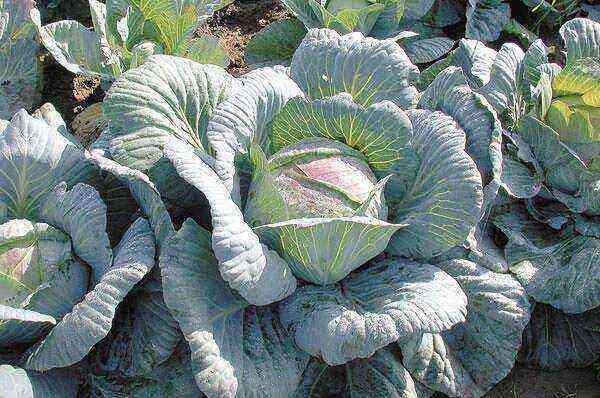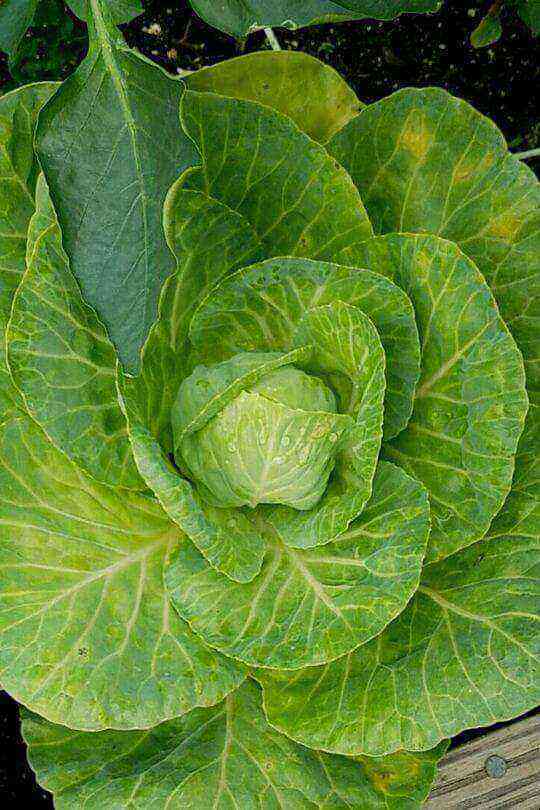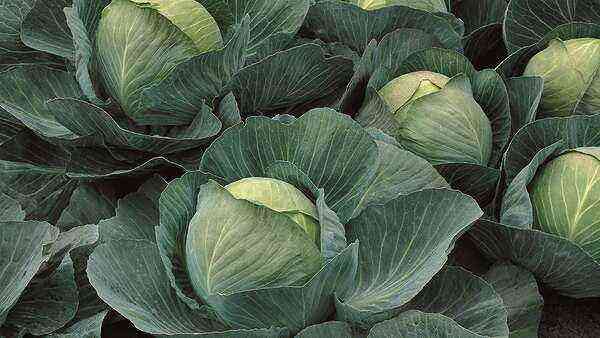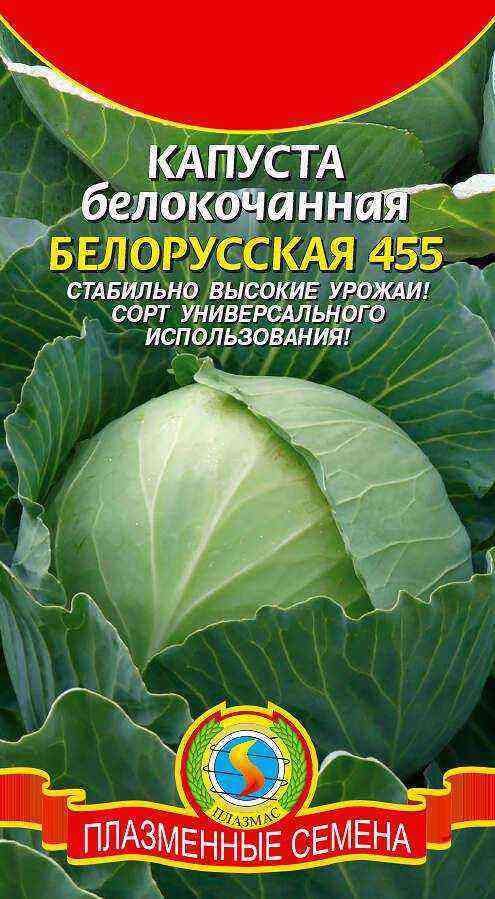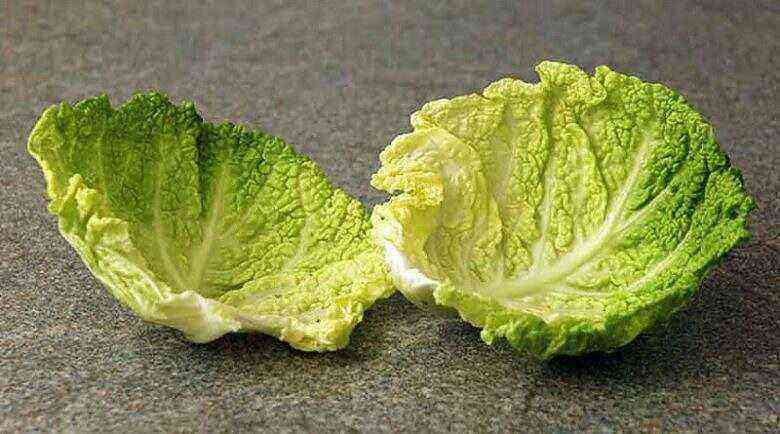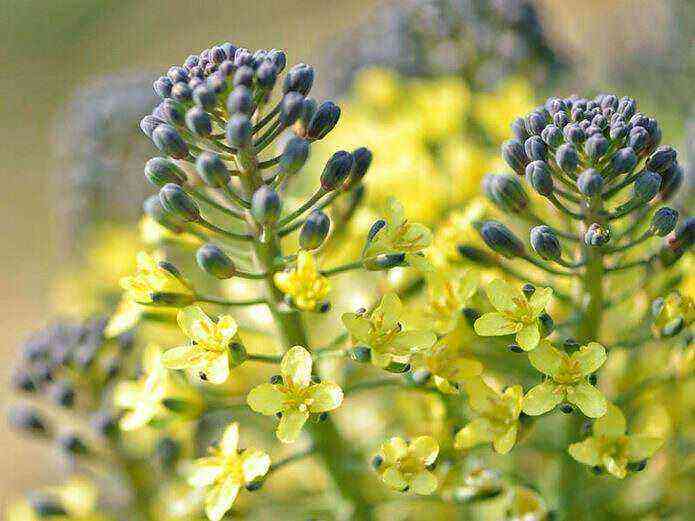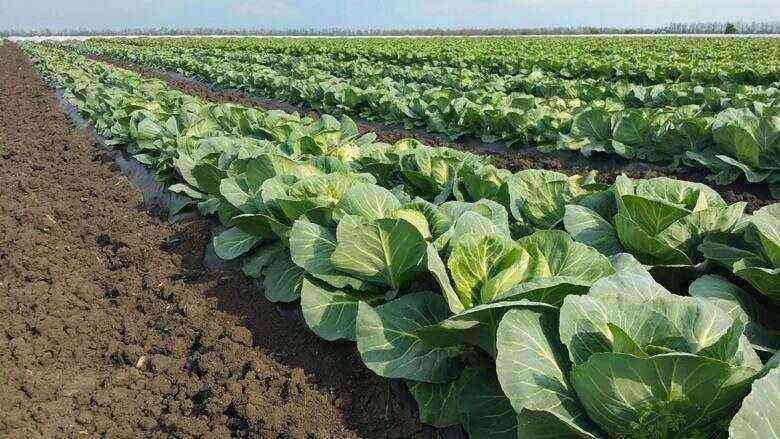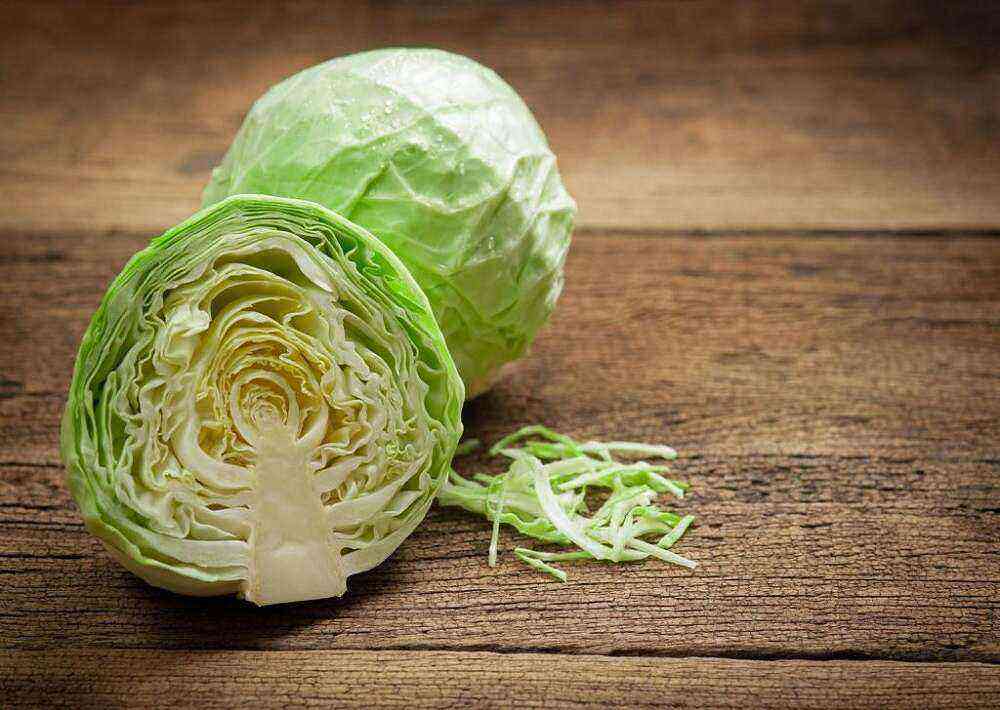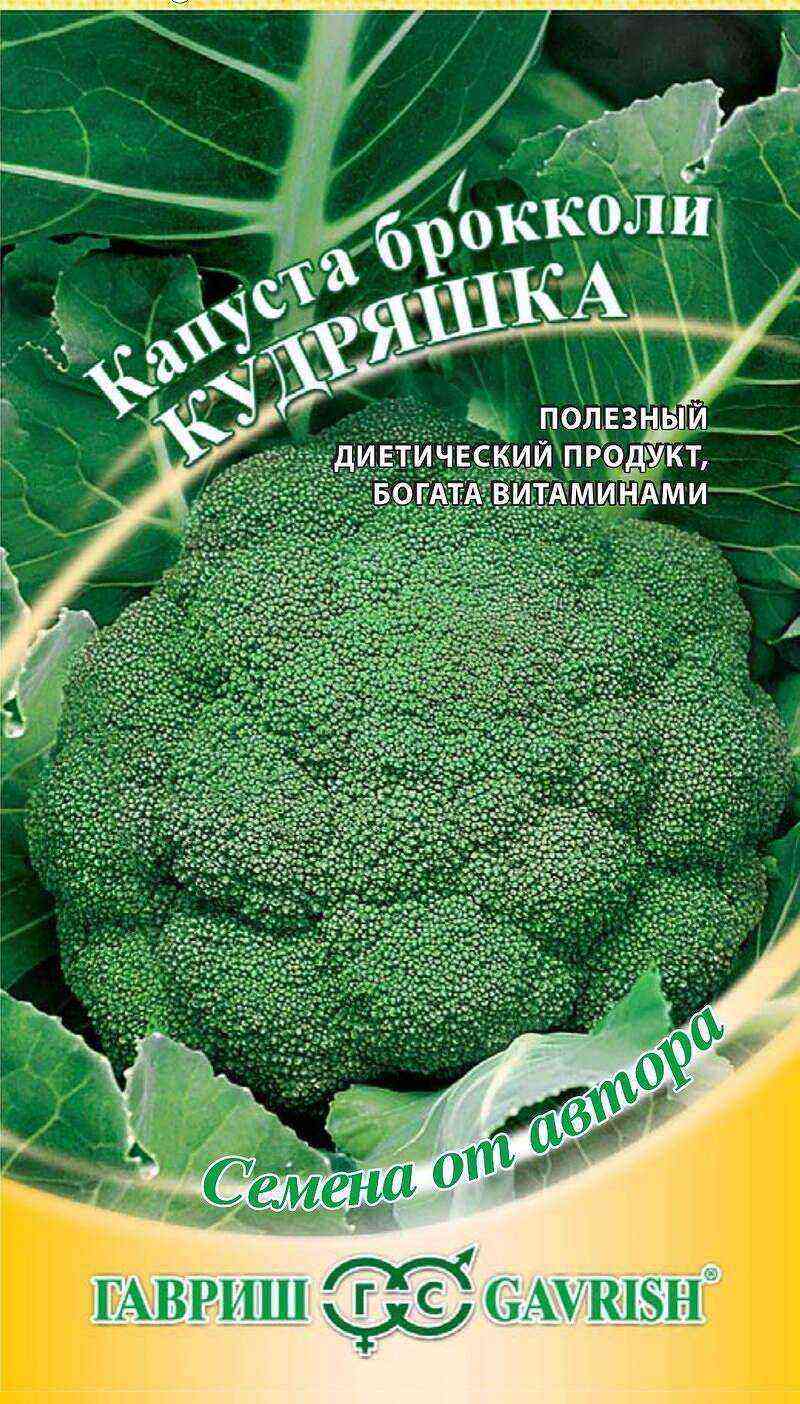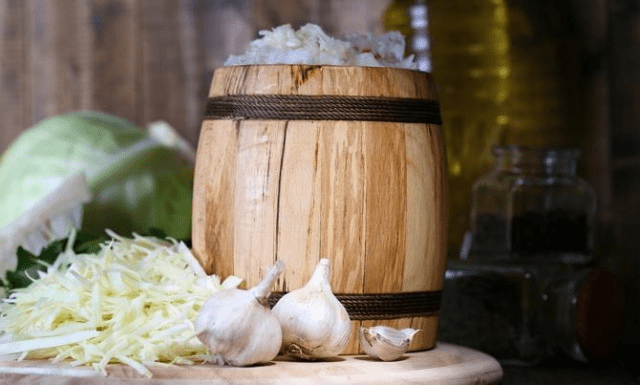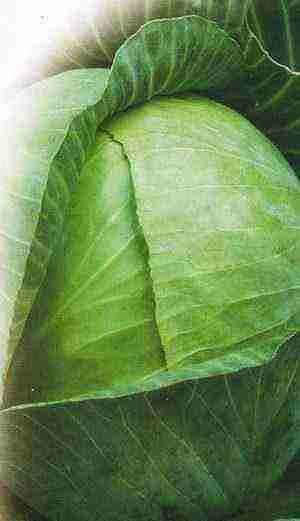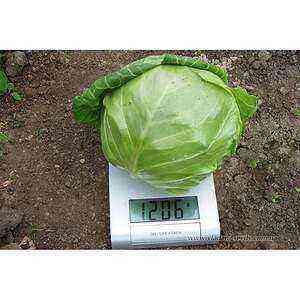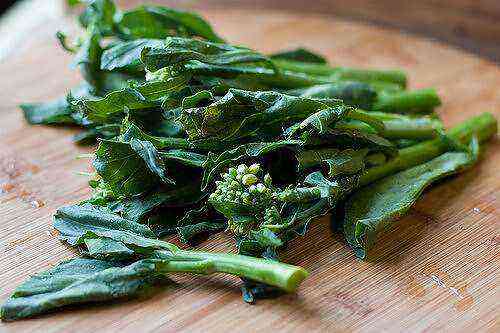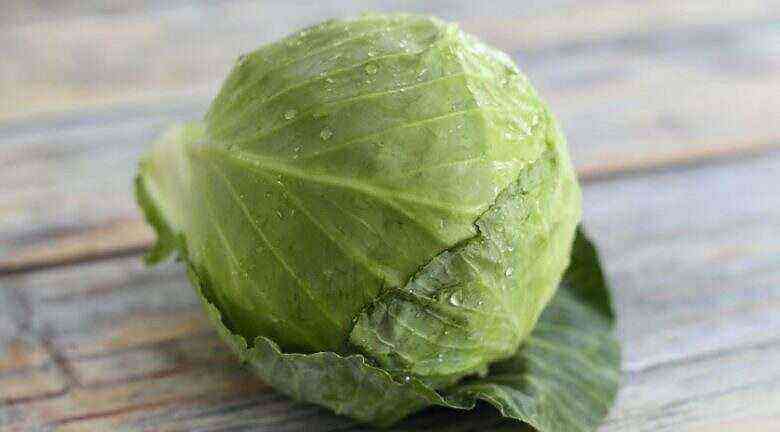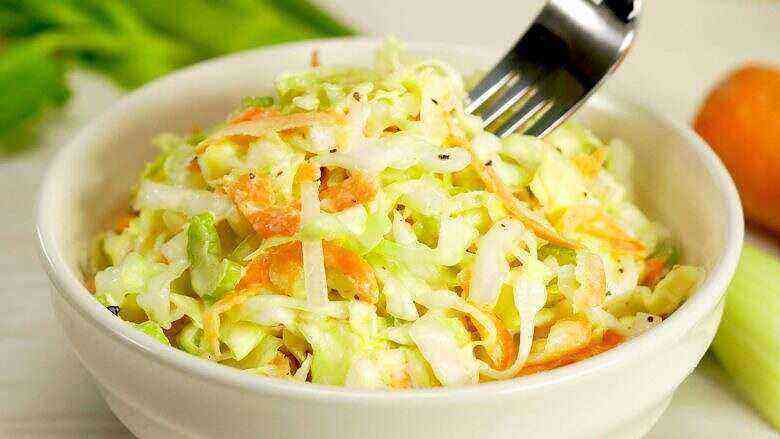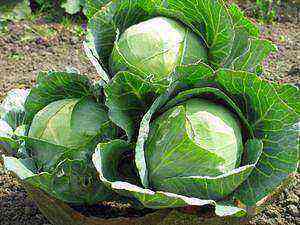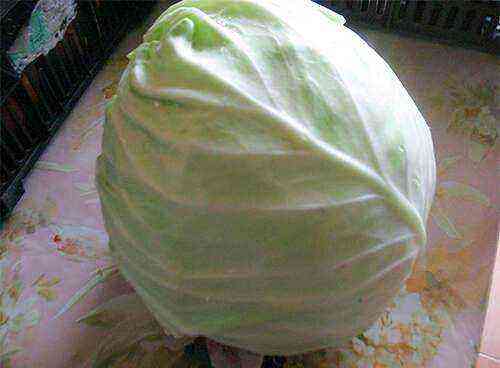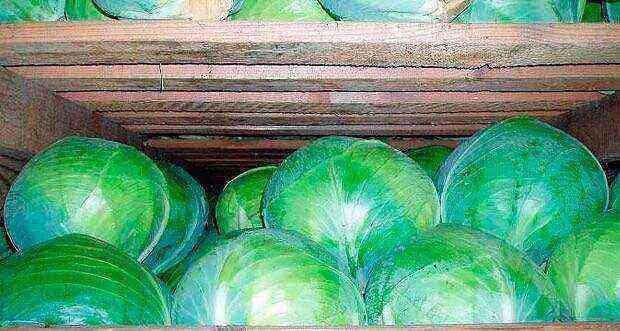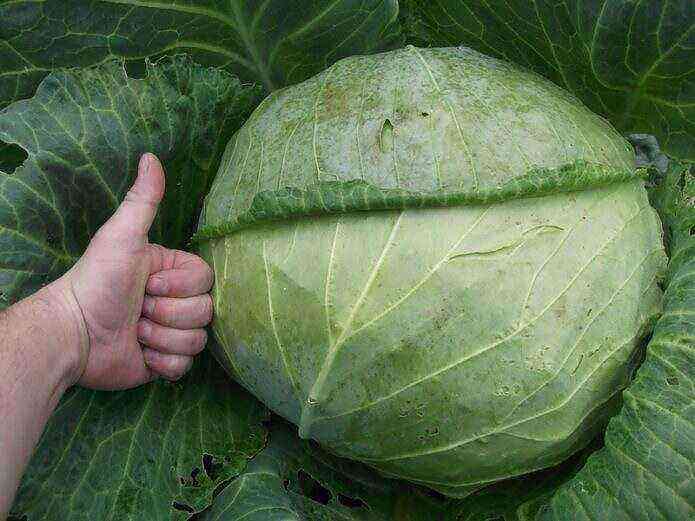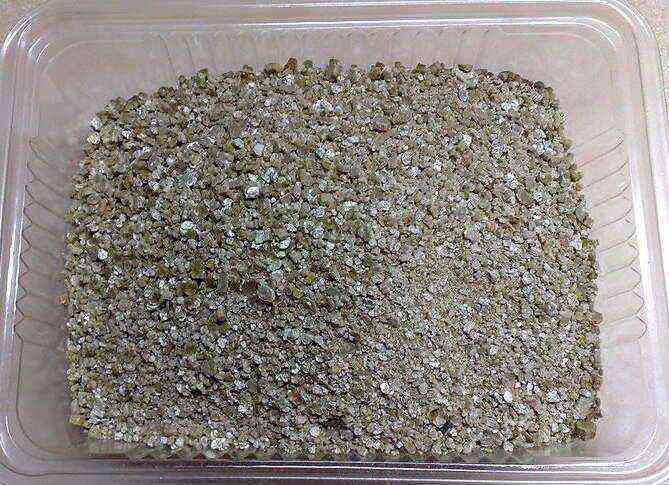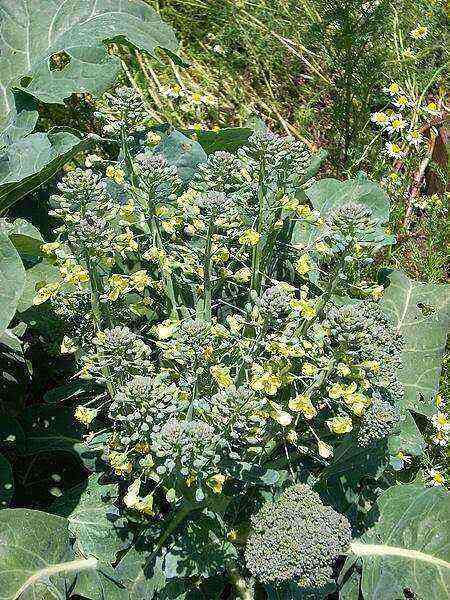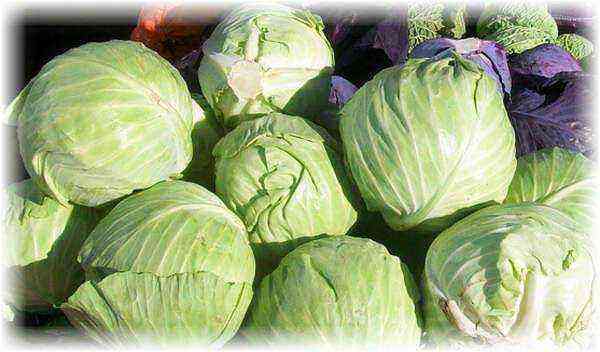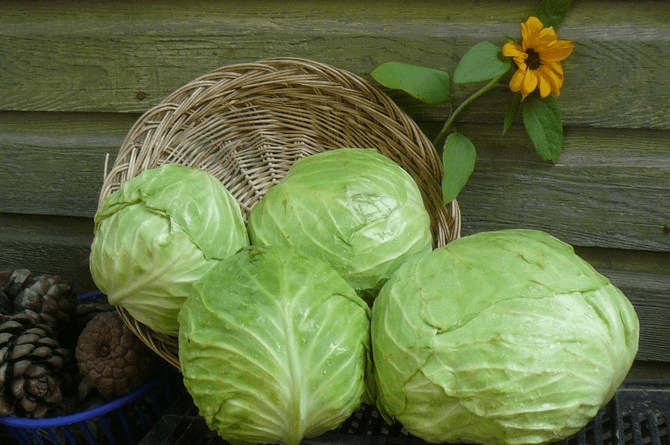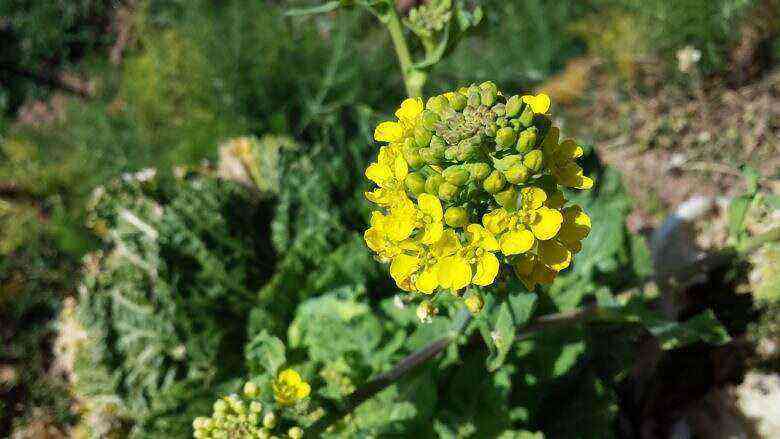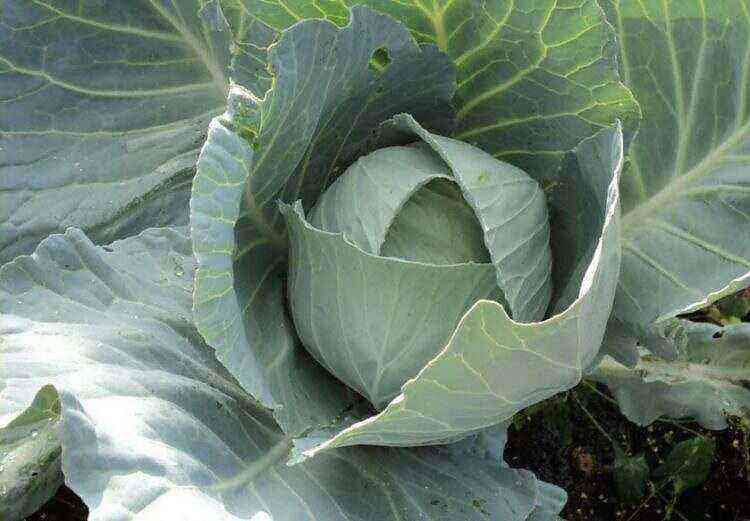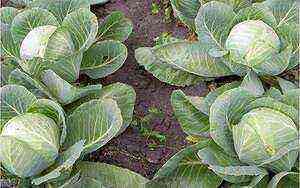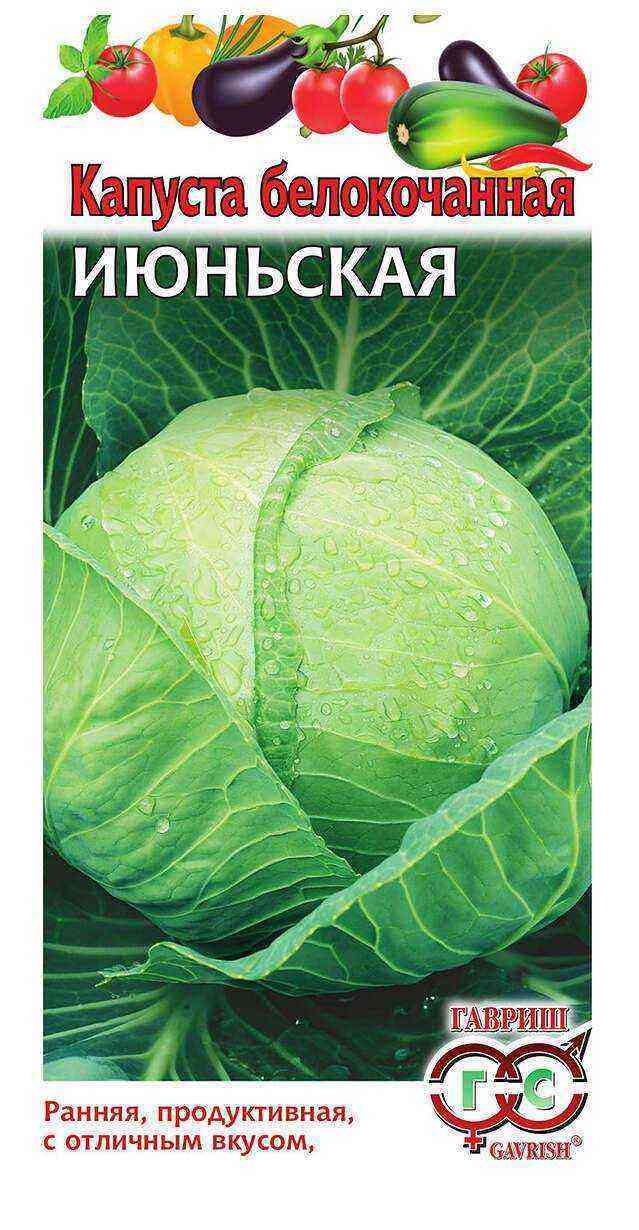Cabbage can be found in almost all cuisines of the world. Its varieties are eaten without processing, added to soups and salads, used as a side dish or an ingredient in sauces. Its varieties are of interest to ordinary people and gourmets, gardeners and breeders. Romanesco was no exception.
What is Romanesco and how is it unusual
Romanesco is often claimed to have originated from the crossbreeding of two related species: broccoli and cauliflower. This view of the origin has not been confirmed in any of any official sources. But at first glance, not everyone recognizes cabbage in a vegetable, since its appearance is too unusual.
The head of a light green plant consists of pyramidal inflorescences arranged in a spiral. Many small pyramids, which still look like herringbones, form one large, even shape. Due to the fact that the vegetable is somewhat similar to a shell or some kind of sea creature, it is also often called coral cabbage… Romanesco has two more names – Romano and “Gypsy”.
History of origin
Romanesco entered the international market only at the very end of the XNUMXth century, but it was known for a long time. There are several versions of its origin:
- Botanists consider it a variety of cauliflower, but do not classify it as cauliflower or its derivative.
- Mathematicians have proposed the theory that Romanesco as a variety was formed at the end of the 3th century and owes its bizarre appearance to 3D design. It is worth noting that the fractal shape of a plant, the structure of which is explained by logarithmic equations, has attracted the attention of not only botanists for several decades. The connection between an interesting plant shape and a XNUMXD design is far-fetched, since in nature one can encounter a fairly large number of “natural” fractals.
- According to the available historical documents, it was possible to trace Romanesco cabbage up to the XNUMXth century, and, as the name suggests (from Italian romanesque – Roman), then grown in the area near Rome. Some historians trace the unusual vegetable back to the ancient Etruscans of the XNUMXst century BC.
- It is also sometimes seen as the fruit of the work of Italian breeders, although the cultivar is born from nature itself.
- One of the versions says that about a century ago, the plant got to Italy from the Etruscans, from where it became popular all over the world.
Botanical description
Coral cabbage, from latin Brassica oleracea, are ranked as annual plants. Represents the Cruciferous family. The size of mature plants may vary and depends on the growing soil and their care.
Interesting! Sometimes the plant reaches a meter in height, and the weight of the inflorescences crosses the border of 500 grams.
Mature inflorescences of any size can be eaten. Vegetable leaves are not used for food. The plant itself is a powerful spreading bush with blue-green lower leaves. The vegetable is usually grown outdoors during the summer.
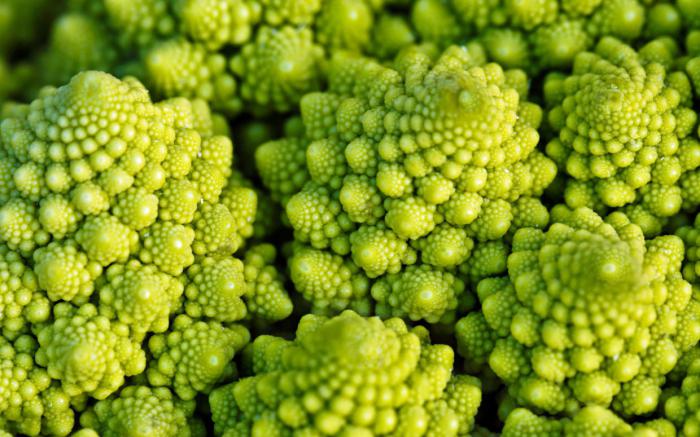 Romanesco is very good at freezing
Romanesco is very good at freezing
He loves warmth, requires moderation in watering and alkaline feeding. The ripe vegetable is eaten within a week or frozen. Otherwise, Romanesco will lose all useful properties.
Varieties of varieties
In the State Register of Breeding Achievements Approved for Use in Russia, you can find a description of four varieties of coral cabbage:
- Medium early include “Emerald Cup” и Puntoverde, in which the head of cabbage in weight reaches 0,8 and 1,5 kg, respectively.
- Mid-season varieties in the register represent «Veronika F1» – the weight of the head of cabbage varies from 1,5 to 2 kg.
- And also a mid-late variety “Pearl” has the smallest weight of the listed – 0,5 – 1 kg.
These varieties are referred to as varieties of cauliflower. In addition, gardeners often prefer other varieties, such as “Nimble Turtle”, “Gregory”, “Amphora F1”. Cabbage “Amphora” is considered as a candidate for inclusion in the State Register.
Unfortunately, there is still confusion in the horticultural sphere – on some packages of Romanesco cabbage seeds you can find the inscriptions “Romanesco broccoli” or “Romanesco cauliflower”. This designation is not correct.
Composition, calorie content and nutritional value
Romanesco is considered one of the most easily digestible vegetables in the world. The exact calorie content of Romanesco has not been determined, according to various medical materials and descriptions of nutritionists, it varies within 25-30 kcal… The vegetable is 89% water, which explains its low calorie content.
Nutritional value is presented in the table (per 100 g of product):
Proteins, g Fats, g Carbohydrates, g 2,9 0,4 6,5
Coral cabbage contains a large amount of vitamins and minerals, namely:
- vitamins A, C, E and K;
- B vitamins (B1 – thiamine, B2 – riboflavin, B5 – pantothenic acid, B6-pyridoxine, B9 – folic acid);
- choline and biotin;
- zinc, fluorine, selenium, iron, potassium, sodium, magnesium, calcium and other minerals;
- omega-3 fatty acids and other beneficial amino acids;
- cellulose;
- carotenoids;
- antioxidants.
You can cook Romanesco, like the usual broccoli and cauliflower, do not cook for a long time. To make the vegetable crispy after cooking, you need to send it under a contrasting “shower” – pour over with ice water. Very beautiful, light, healthy dishes are obtained from coral cabbage, in the summer you can prepare a salad with Romanesco and any seasonal vegetables:
Delicious and low calorie romano salad
This healthy herbal product can also be given to children. Like most vegetables, it can be introduced into the baby’s diet from the age of eight months.
Health Benefits
The benefits of Romanesco cabbage are undeniable – it demonstrates a noticeable effect on almost all body systems.
Romanesco has a beneficial effect on the digestive tract. Fiber has a positive effect on the work of the intestines, normalizing its work, in addition, the novel restores the intestinal microflora. Zinc in Romanesco helps to restore the normal functioning of taste buds and removes the taste of iron.
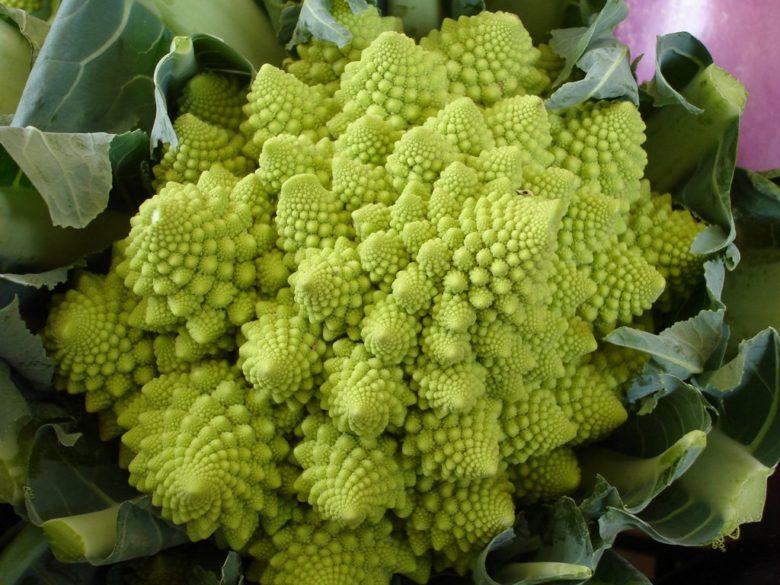
Coral cabbage adjusts the work of the cardiovascular system, as it increases the elasticity and strength of blood vessels and reduces the possibility of atherosclerosis, removing excess cholesterol and harmful substances.
Need to know! In addition to cholesterol levels, Romanesco lowers blood sugar and normalizes blood pressure.
The complex of vitamins and minerals in Romanesco cabbage helps to get rid of excess fluid in the body, restores the protective properties of tissues and improves their regeneration… In addition, minerals normalize the functioning of the muscular and nervous systems. With periodic consumption of Romanesco, human immunity is strengthened and the incidence of diseases of any infections decreases. The isocyanates in its composition help fight cancer and other neoplasms.
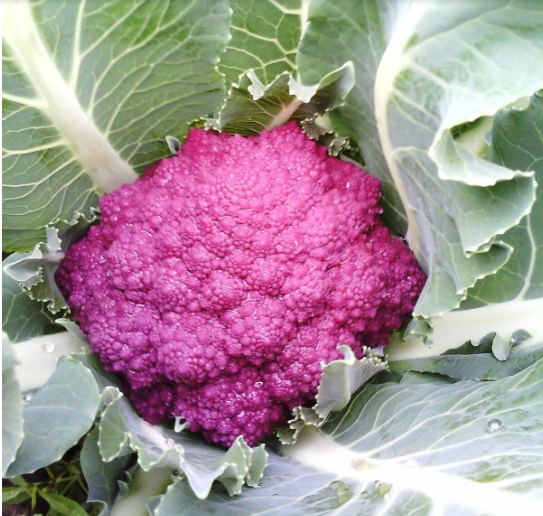 Very rare purple Romanesco
Very rare purple Romanesco
Sufficient use of it improves the functioning of the respiratory organs, increases the level of stress resistance of the body, and, in addition to bringing benefits to the internal systems, normalizes the condition of the skin, nails, hair and teeth. Romanesco is also beneficial for hearing and vision.
Harm and contraindications
Romanesco is rich in fiber, which, if consumed excessively, can lead to excess gas formation. In addition, diarrhea and bloating may occur if the product is consumed without proper heat treatment.
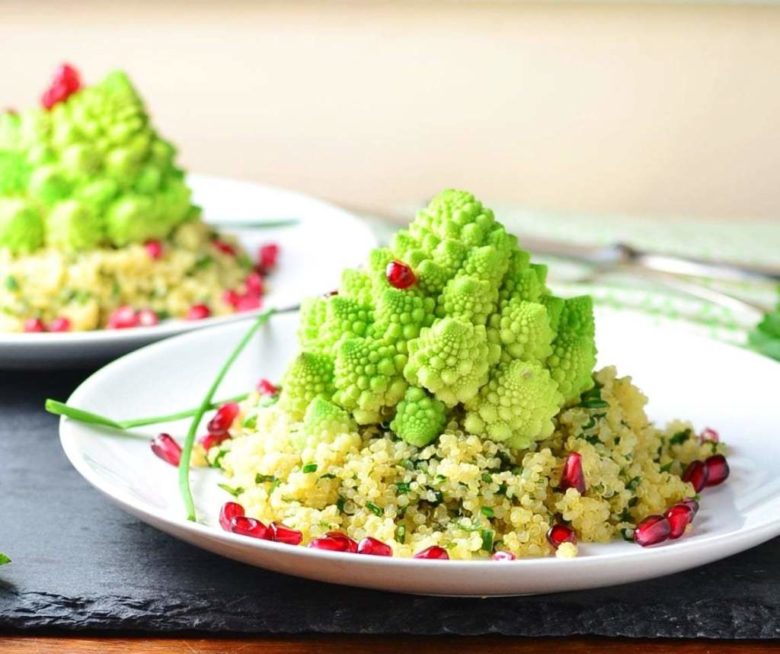 Salad with romanesco, quinoa and herbs
Salad with romanesco, quinoa and herbs
Drinking Romanesco is desirable limit in case of heart disease, since it has a significant effect on the cardiovascular system, as well as in diseases of the thyroid gland. In extremely rare cases, you may experience an allergy or intolerance to cabbage, but vegetable is not allergenic.
Interesting Facts
Among other things, roman cabbage is notable for the following:
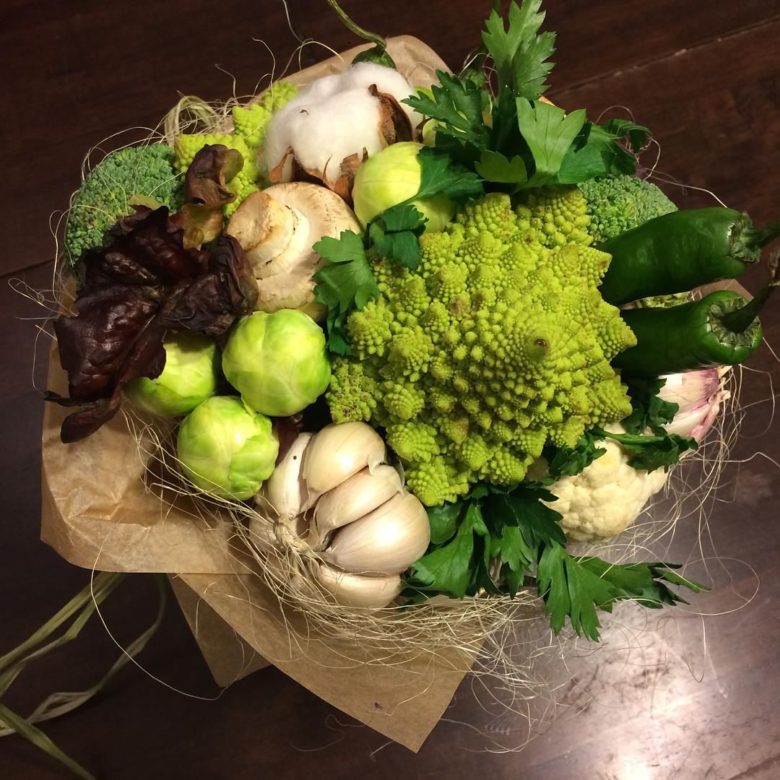 Corral cabbage in the center of an unusual bouquet
Corral cabbage in the center of an unusual bouquet
- Because of its quirky appearance, Romanesco is also used in landscape design. The plant makes a worthy composition with one or another flower.
- Coral cabbage is practically indistinguishable from cauliflower, but the taste is clearly distinguished by a creamy nutty note.
- For gardeners, coral cabbage is a whimsical planting. It will never grow if in the ground before it the previous 3-4 years other types of cabbage grew… However, growing and caring for romanesco cabbage outdoors is no different than broccoli and cauliflower – getting a good harvest of pyramid cabbage is easy enough.
- If the child does not eat vegetables, it is worth trying to interest him in Romanesco: the absence of the characteristic smell of cabbage and the intricate look of the “space” vegetable will certainly interest him enough to at least try. And then everything is in the hands of the one who prepares the dish.
- Roman cabbage is often called an exotic vegetable, although in practice she is not exotic… This is due to the fact that the vegetable was not widely known until the nineties of the XX century. In addition, its unusual appearance attracts attention.
- A wonderful vegetable with bizarre shapes was called Fibonacci cabbage. Surely, you have heard about “Fibbonacci numbers”, a mathematical sequence where each subsequent number is equal to the sum of the two previous ones: 0, 1, 1, 2, 3, 5, 8, 13, 21 and so on ad infinitum. If we represent this sequence in the form of squares with sides equal to these numbers, and draw circular arcs connecting the opposite corners of these squares, we get a Fibonacci spiral. Romanesco very similar to this spiral… There are other plants, organisms and phenomena that in their structure describe the Fibonacci sequence: the shell of the Nautilus mollusk, the arrangement of petals in plants, seeds in a sunflower, pine cones, etc.
Conclusion
Romanesco is interesting both for its bizarre shape and for the mystery of its origin. At the same time, it can be a wonderful addition to your diet, bringing in a new taste and a large amount of useful trace elements, as well as become a decoration for your garden.
